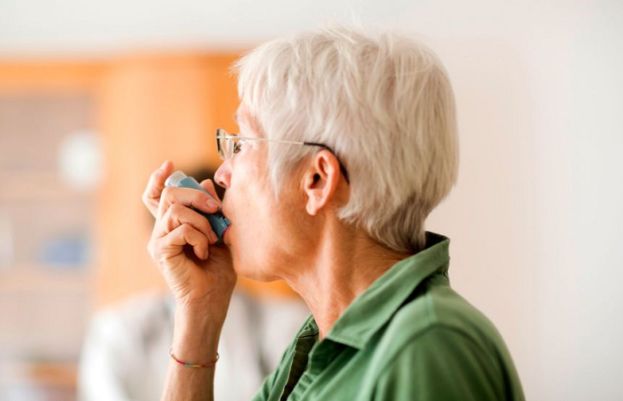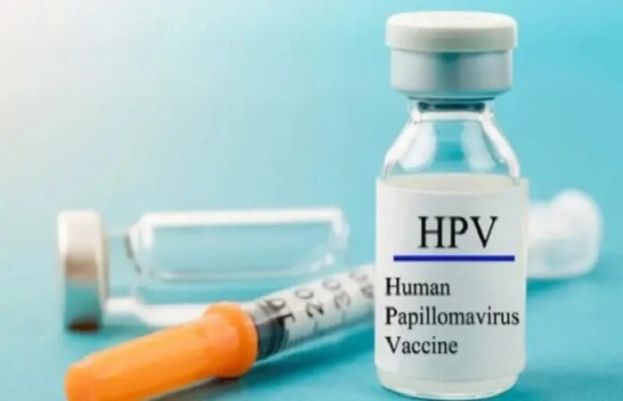Study reveals popular inhalers contribute significantly to climate change


The inhalers that millions of people rely on to breathe are also contributing significantly to climate change, producing annual emissions equivalent to more than 530,000 cars on U.S. roads, according to a major new study released Monday.
Researchers from the University of California, Los Angeles and Harvard analyzed emissions from three types of inhalers used to treat asthma and chronic obstructive pulmonary disease (COPD) between 2014 and 2024, using a national drug database.
Published in the Journal of the American Medical Association, the study found that inhalers used by U.S. patients covered by commercial insurance, Medicaid, and Medicare generated 24.9 million metric tons of CO₂-equivalent emissions over the decade.
Metered-dose inhalers (MDIs), or “puffers,” were the largest contributors, accounting for 98% of emissions.
These devices use pressurized canisters containing hydrofluoroalkane (HFA) propellants, which are potent greenhouse gases.
In contrast, dry powder inhalers and soft mist inhalers do not use propellants.
Dry powder inhalers rely on the patient’s breath to release medication, while soft mist inhalers turn liquid medication into a fine spray both options having a much smaller environmental impact.
“Five hundred and thirty thousand cars on the road each year is significant, and this is an important issue because it’s fixable.
There are straightforward ways to reduce emissions,” said William Feldman, lead author, pulmonologist, and researcher at UCLA.
The study noted that medically, only a small fraction of patients actually require metered-dose inhalers, suggesting that switching to environmentally friendlier alternatives could make a meaningful difference.
Very young children need spacers valved chambers that help deliver medicine to the lungs and these only work with metered-dose devices.
Frail older adults with weak lungs may also need puffers because they can’t generate enough inhalation force.
“But the vast majority of people could use dry powder or soft mist inhalers,” Feldman said, noting that countries such as Sweden and Japan use alternative inhalers without any loss in health outcomes.
Insurance barriers
The slower US uptake of greener inhalers, he added, stems from insurance and market barriers.
A dry-powder version of albuterol, the most commonly used inhaler drug, exists but is often not covered by insurance, making it more expensive.
Another drug, budesonide-formoterol, is widely sold in dry-powder form in Europe, which is not available in the United States.
Feldman emphasized that the goal of the research is not to blame patients but to highlight the need for policy and pricing reform.
“We absolutely do not want to stigmatize patients with asthma and COPD,” he said.
“I think it’s incumbent upon us as a society to get those medications to the patients in a sustainable way, and that ultimately falls to the highest levels.”
A related JAMA commentary authored by Alexander Rabin of the University of Michigan and others echoed that insurers and policymakers must ensure lower-emission inhalers are affordable and accessible for all.
They warned that several new low-global-warming metered-dose inhalers are expected to launch in the US as high-priced brand-name products, “raising the risk that patients without robust insurance coverage…could be left behind.”




